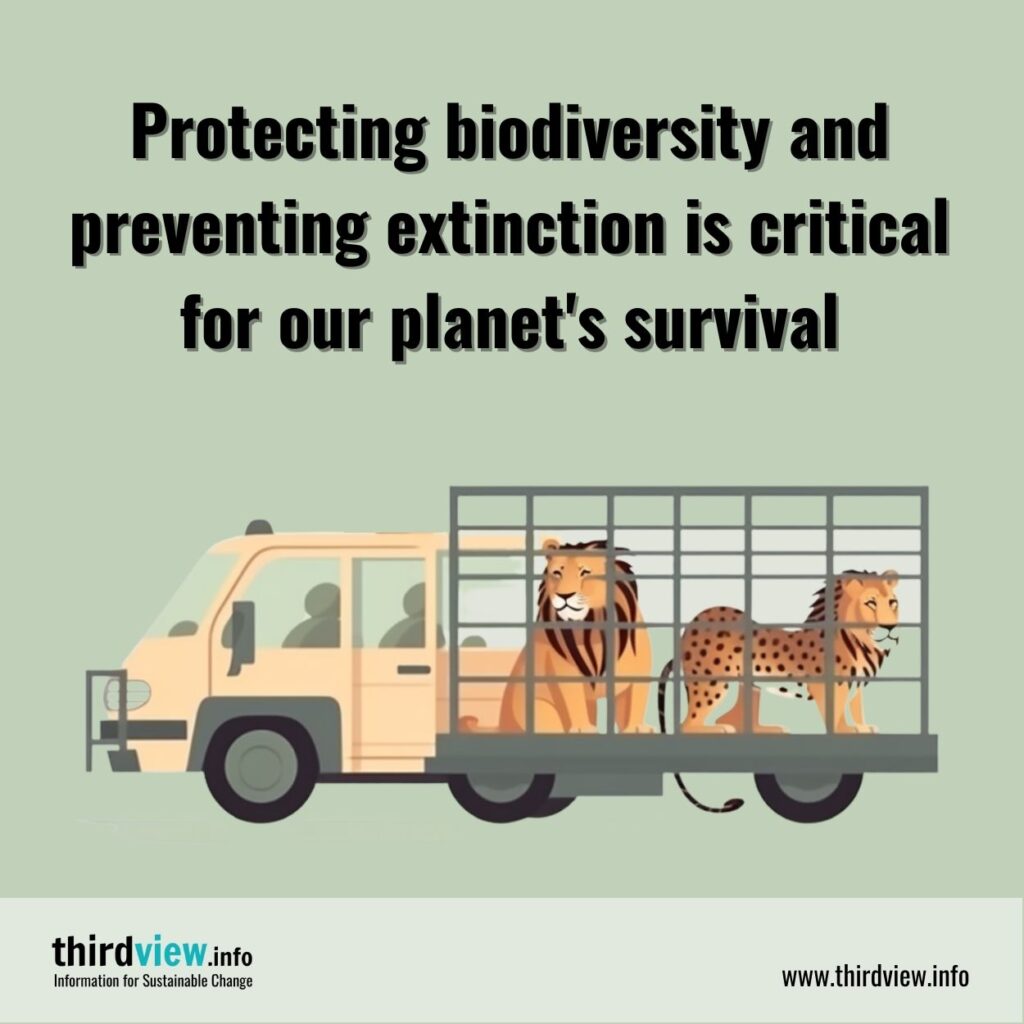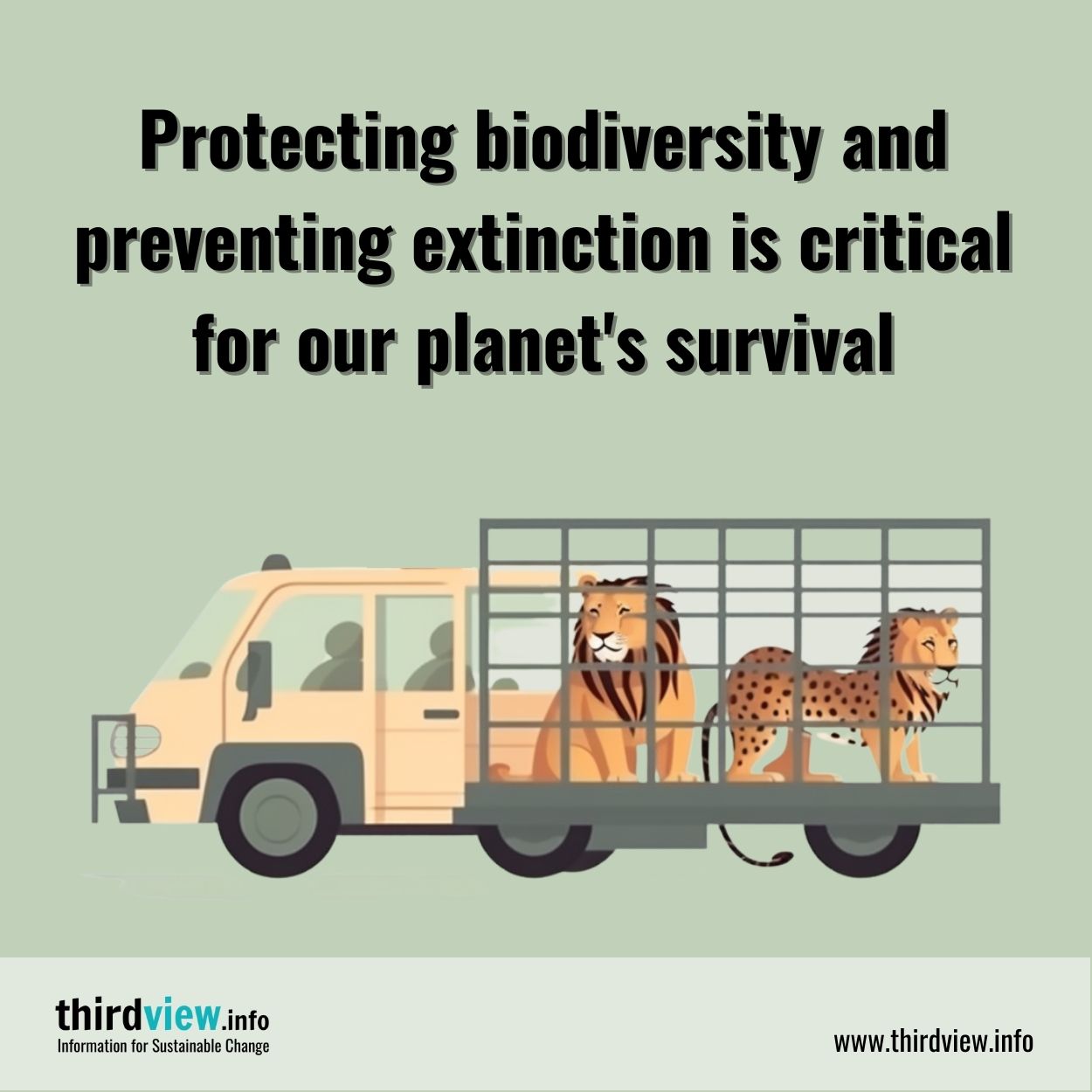Every year, thousands of animals and plants are illegally traded around the world. This illegal wildlife trade has caused a dramatic decrease in biodiversity and has had an alarming effect on the environment. In this blog post, we will discuss the growing problem of illegal wildlife trade, its impacts on biodiversity and what can be done to stop it.
What is Illegal Wildlife Trade?
Illegal wildlife trade is the buying and selling of animals or plants that have been captured or harvested from their natural habitats without permission from government authorities. This includes endangered species such as tigers, rhinos, elephants, orangutans, and many others. This type of trade is lucrative for poachers who can make a lot of money by selling these animals or their parts on the black market. It is estimated that up to 20% of all animal species worldwide are affected by illegal wildlife trade.
The Impact on Biodiversity Loss
The impact of illegal wildlife trade goes far beyond just financial losses; it also affects biodiversity loss across the globe. As more wild animals are taken out of their natural habitats, their populations decrease dramatically which then leads to a decrease in genetic diversity within that species. This decreases the chances for survival as well as reproduction rates for future generations. Additionally, when certain species are over-exploited for their parts or meat, local food webs can become disrupted leading to further declines in biodiversity.
How We Can Combat Illegal Wildlife Trade
In order to combat illegal wildlife trade, we need to take steps both locally and globally. On a local level, governments need to strengthen laws against poaching and ensure that they are adequately enforced. Furthermore, education campaigns should be implemented in communities where poaching is prevalent in order to raise awareness about its negative impacts on biodiversity and nature conservation efforts as a whole. Globally, organizations like CITES (the Convention on International Trade in Endangered Species) should be supported with additional resources so they can effectively monitor international wildlife trafficking networks and help combat them more effectively. Finally, increased funding should be provided for research into alternative livelihoods that could be offered as an alternative source of income for people involved in illegal wildlife trading activities who may rely heavily on it as their main source of income now.
Illegal wildlife trade is an urgent threat that must be addressed if we want our planet’s ecosystems to remain healthy and diverse for future generations. To fight this cruel industry we must act locally through strengthened laws against poaching and education campaigns as well as globally through organizations such as CITES and increased funding for research into alternative livelihoods. If we all come together now, then together we can protect our planet’s precious biodiversity from further destruction caused by illegal wildlife trading activities.


